Boston.com Today
Sign up to receive the latest headlines in your inbox each morning.
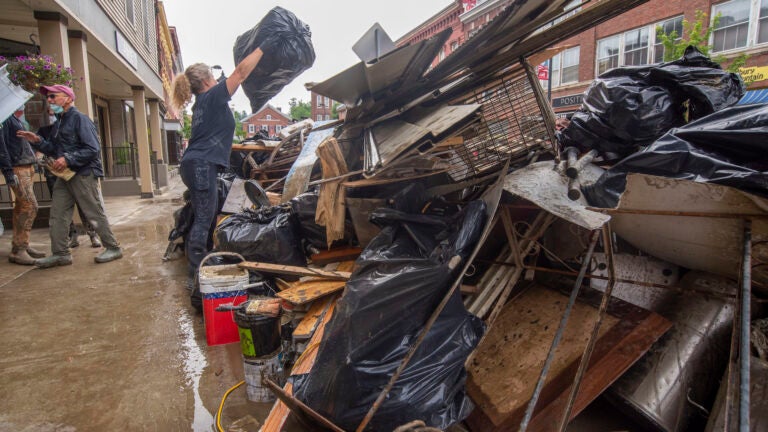
Earlier this month, Vermont was hit with heavy rains from a storm that devastated homes and businesses, and left one dead. The storm ripped through the state capital of Montpelier pouring two months worth of rain in two days. I watched the footage closely from Boston — my hometown was underwater.
I’m from Montpelier and often visit to see family and friends.
As the floodwaters receded, state and local emergency responders arrived with the support of federal assistance. Volunteers showed up in droves to shovel mud, provide food, labor, and offer what they could. Gov. Phil Scott described the flooding as “historic and catastrophic,” but he also said something that has stayed with me: Vermonters have risen to meet the moment.
I drove up to Montpelier Friday after the storm where an aroma of fresh trash and dust permeated the air. The water level along the Winooski River that runs through downtown was still eerily high. Flood-damaged items lined the streets — book shelves, movie theater chairs, clothes. Emergency responders and volunteers were busy with cleanup efforts.
The state capital was gutted.
I’d quickly baked and delivered a few quiches, one of them to a childhood friend whose apothecary was flooded. She’d posted a call for prepared meals so she could feed her family while focusing on cleaning out her shop. My 5-year-old son helped bake and deliver chocolate chip cookies to Woodbury Mountain Toys’ owner Karen Williams. She got down to his eye-level and said not to worry, she was able to save so many Legos.
What else did Williams need? She said to come back in the morning.
There were already a handful of volunteers breaking down toy shelves by 9 a.m. Salvageable pieces were to go to a tenant upstairs who donated their space for storage. By late morning more volunteers had poured in to help clear the space, and the toy store where I’d spent so many hours of my childhood was emptied.
When I asked volunteer Scott Bennett how he felt in the initial days after the flood, he responded: “It burns a hole in my soul.” He’d spent the morning scrubbing mud off of shelves, and had already assisted in a few cleanup efforts around the region.
“Sadly, some of these small business owners are clearly not going to make it,” he said.
Bennett held back tears when he described how much it’s taken Vermonters to recover from Hurricane Irene that ravaged the state in 2011. COVID was a setback, too. Now this.
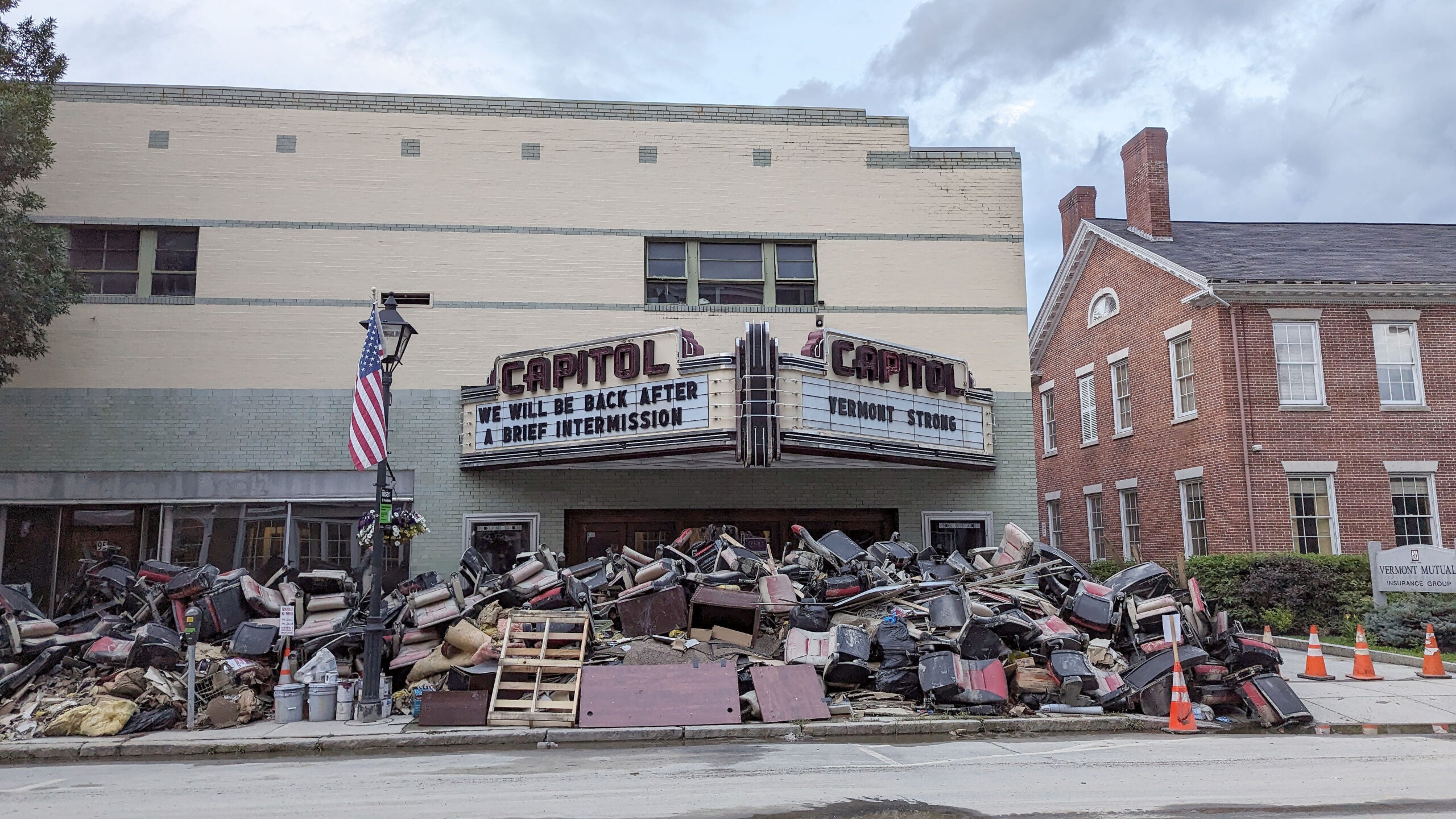
As Montpelier continues its recovery from the flood, some will have to rebuild their homes or livelihoods entirely. The fact that the community is showing up for each other deeply resonates with me. It strikes me that this feeling of belonging, whether it’s to a place or its people, is where resilience is built.
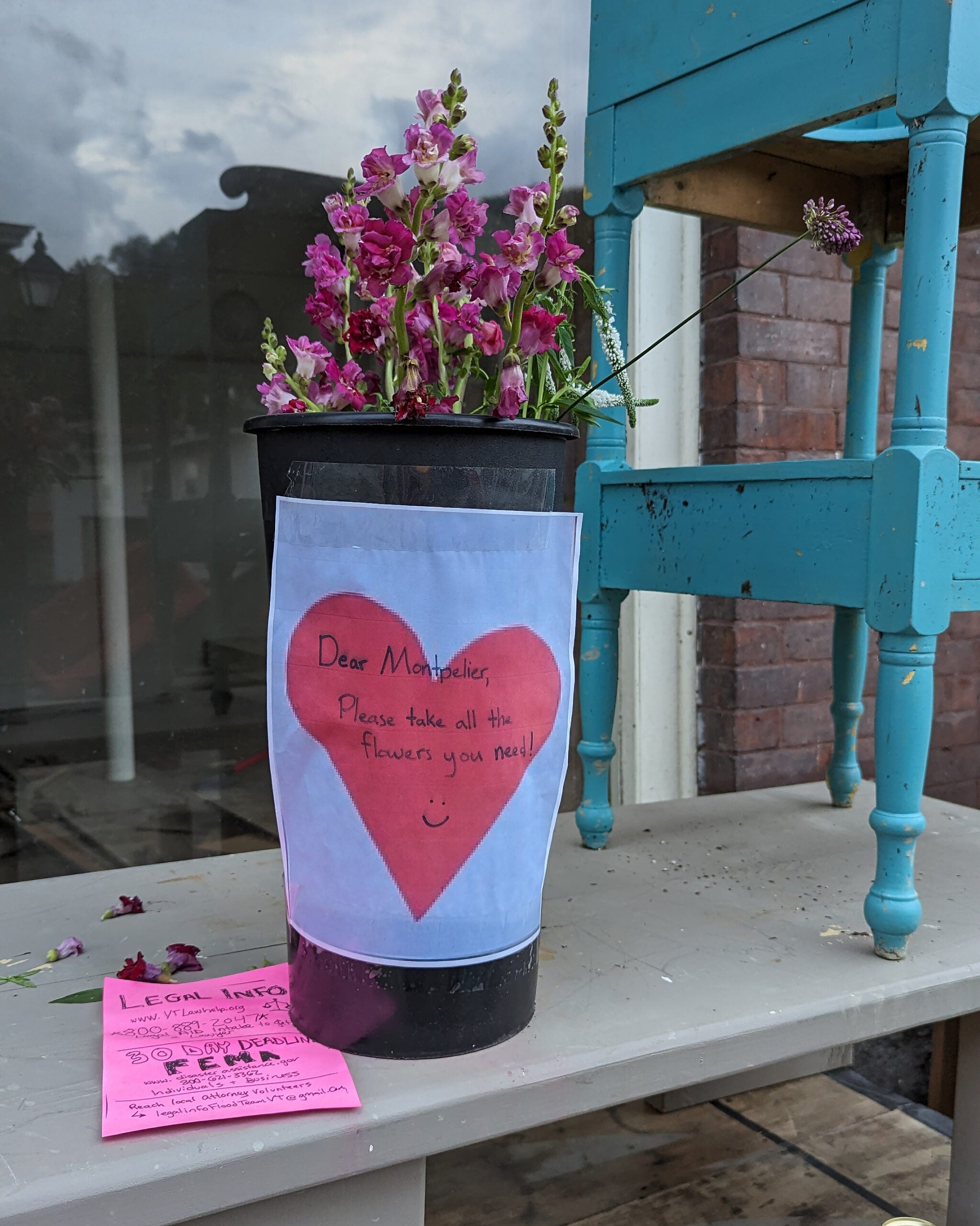
Like many Vermonters, Bennett was looking to help in the ways that he could, and had asked how we might better prepare for the next disaster. But in many ways, he’d already begun to answer his own question.
It starts by simply showing up for each other.
For information on how you can help, visit floodready.vermont.gov/help-after-flooding, or, to aid Montpelier specifically, montpelieralive.com/flood2023.
Emily Turner is Boston.com’s Deputy Editor for Community. Email her at [email protected].
Sign up to receive the latest headlines in your inbox each morning.
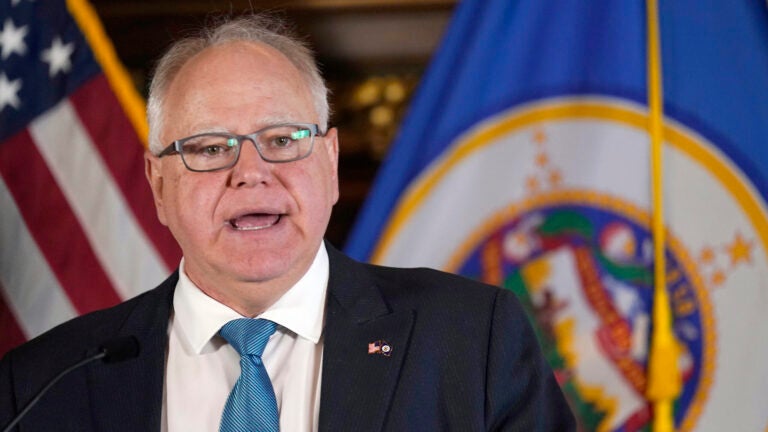
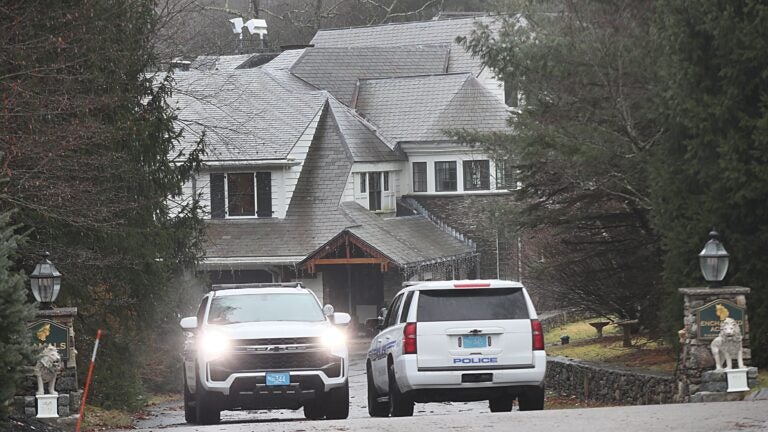

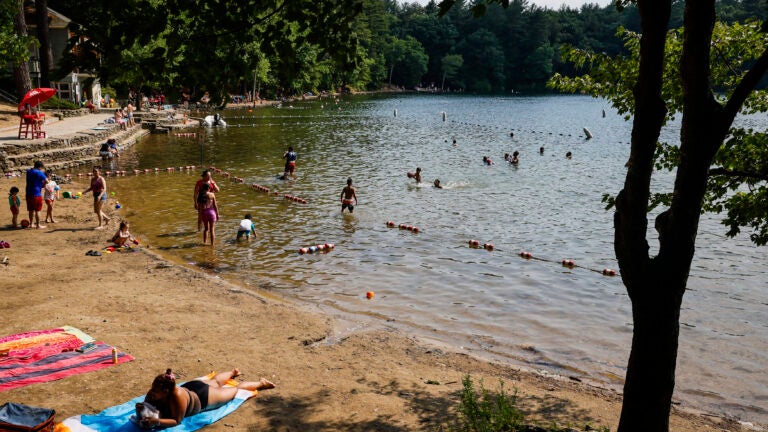

Stay up to date with everything Boston. Receive the latest news and breaking updates, straight from our newsroom to your inbox.
Be civil. Be kind.
Read our full community guidelines.